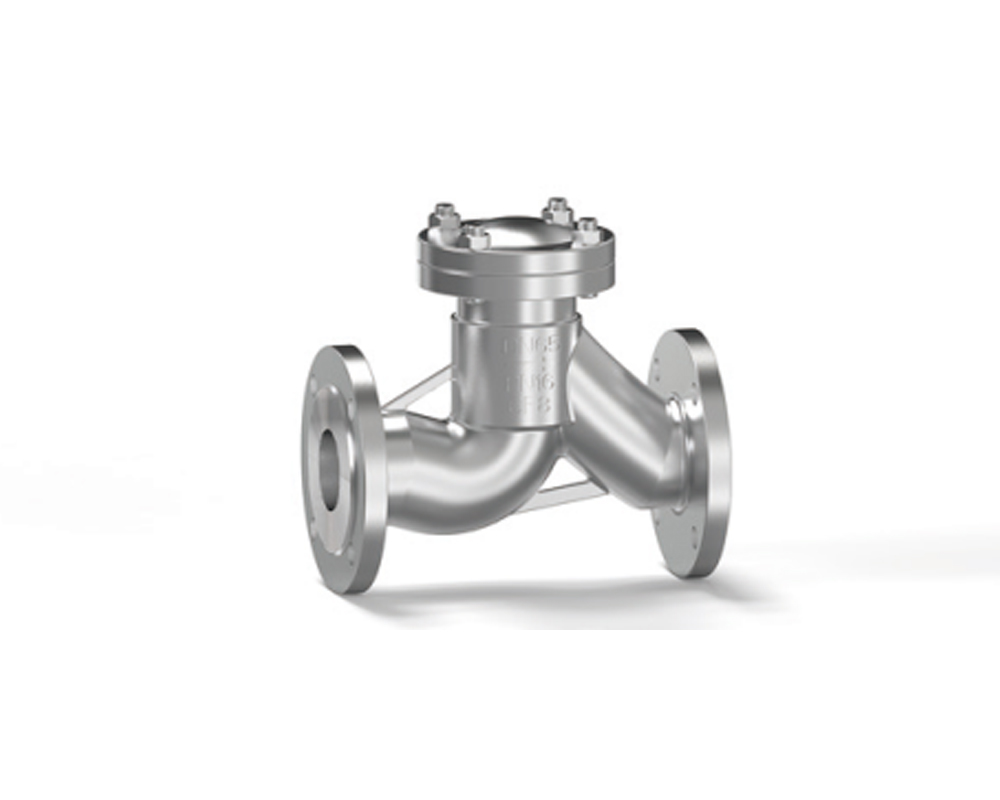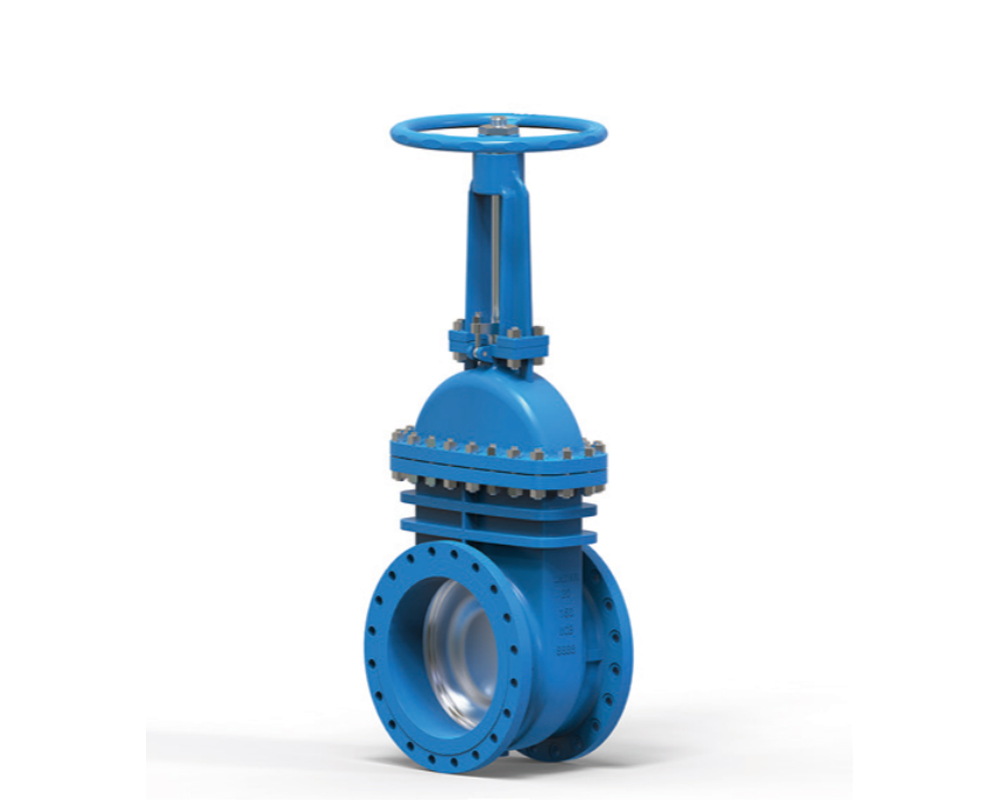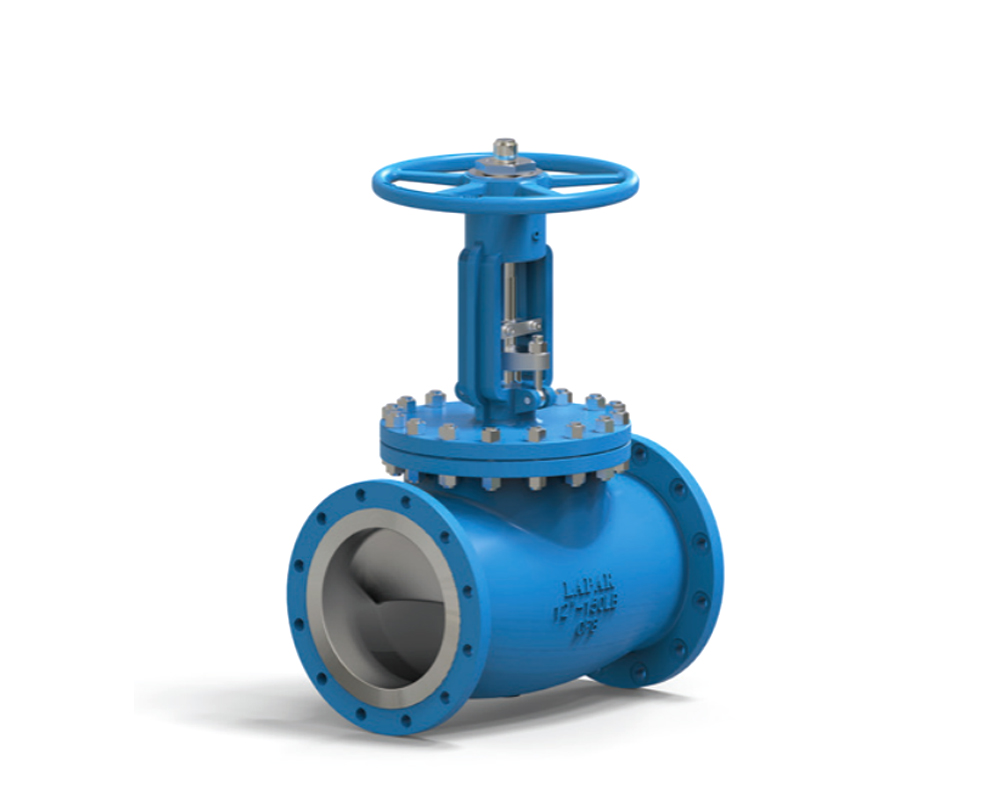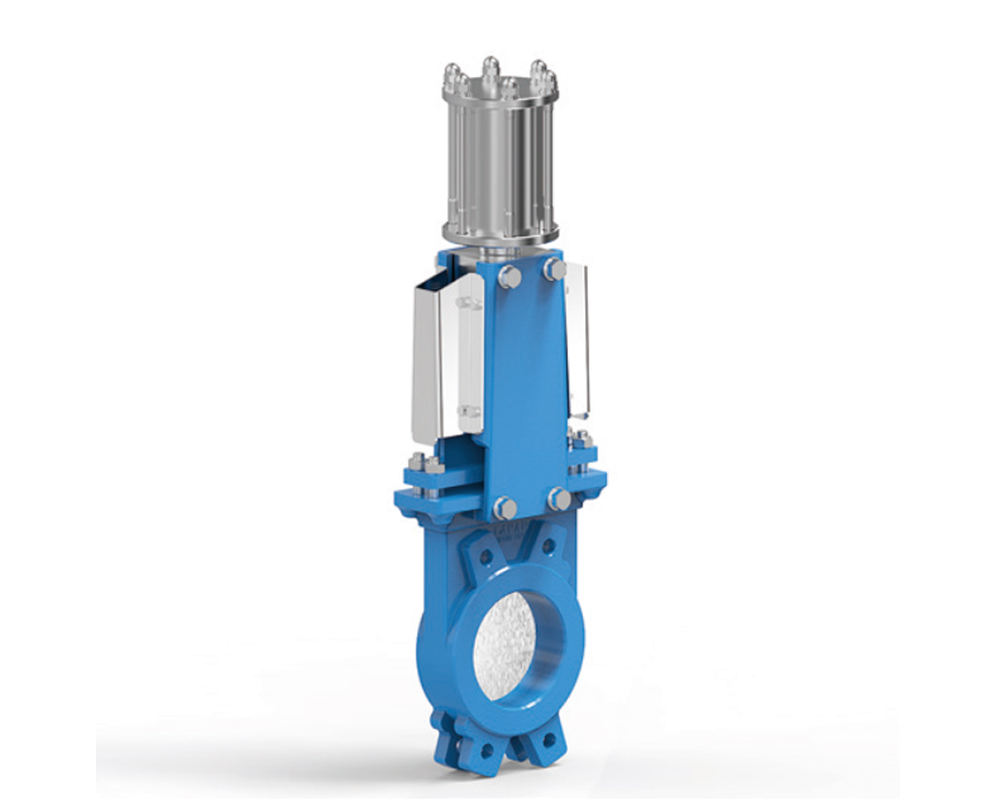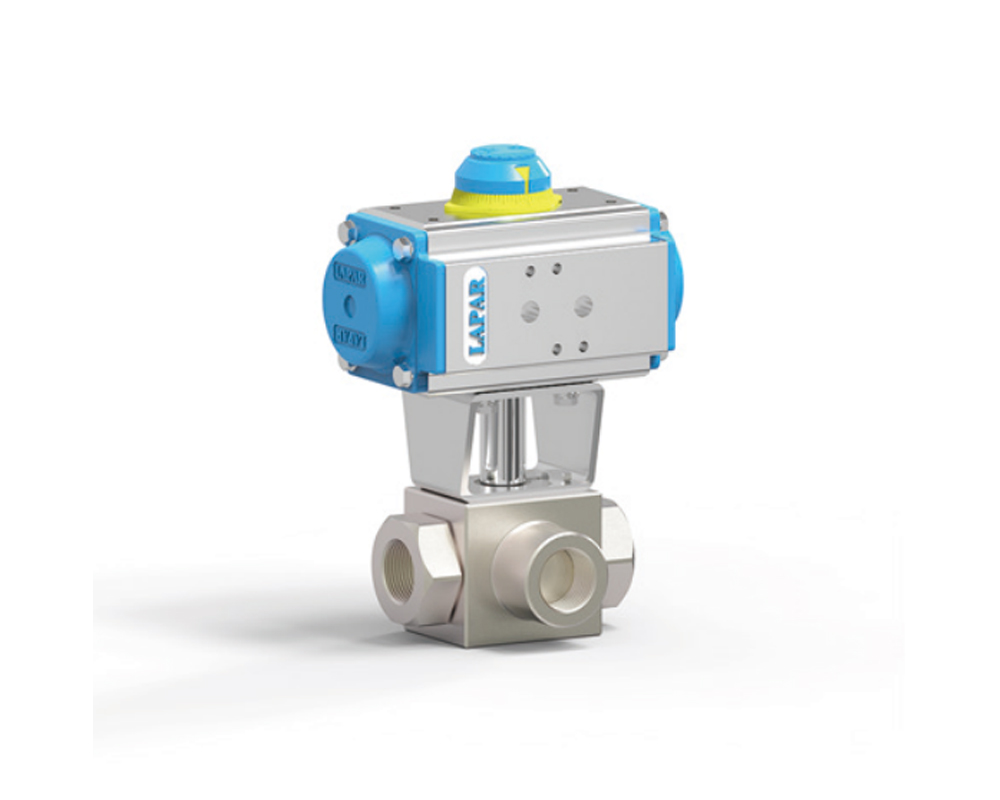-
WhatsApp +8619952575698
-
Address Nantong City, Jiangsu, China
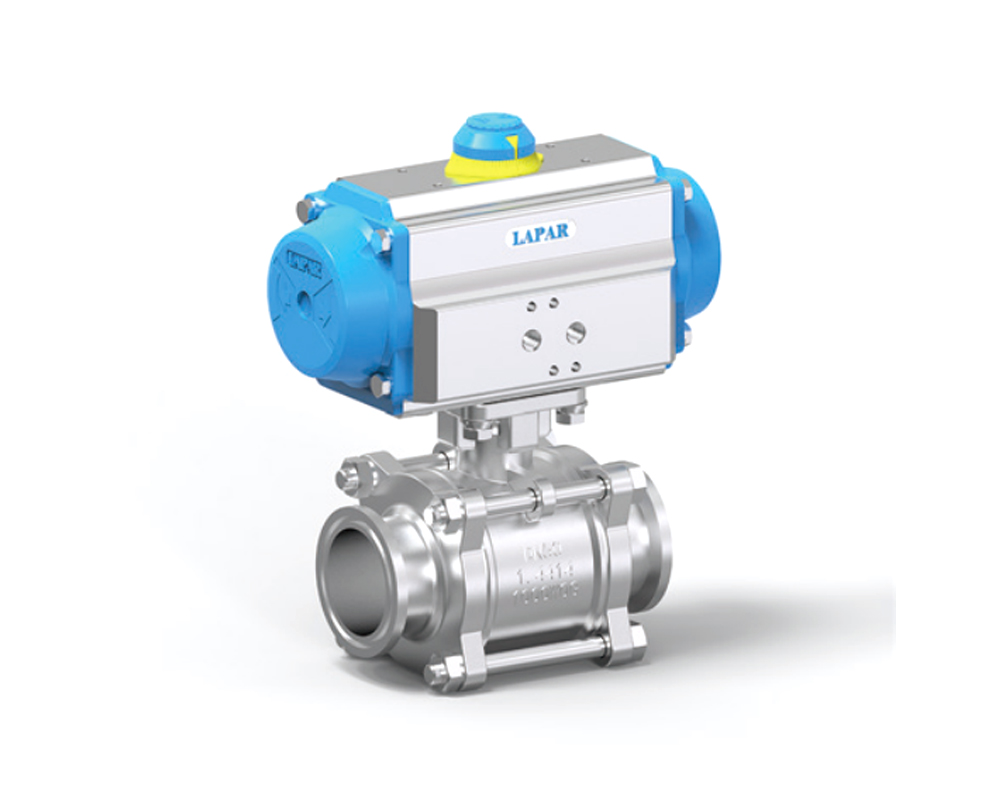
LPC11-Sanitary ball valve
Sanitary ball valve is a kind of valve, mainly used to cut off or connect the medium in the pipeline. This type of valve should generally be installed horizontally in pipelines. It has the following characteristics:
1. The fluid resistance is small, and its resistance coefficient is equal to that of the same length of pipe section.
2. Simple structure, small size and light weight.
3. The operating torque is much smaller than that of gate valves.
4. The torque required for opening and closing is very small.
5. When closing, the force of the transmission mechanism increases to compensate for the external leakage caused by the extrusion of the sealing surface.
6. When fully open or fully closed, the sealing surfaces of the ball and valve seat are isolated from the medium.
Sanitary ball valves have various connection methods, including quick installation, welding, threading, etc. Its standards include ISO, DIN, IDF, SMS, 3A, etc. The materials mainly include stainless steel sus304 and sus316L, as well as carbon steel, etc. According to user needs, products can be processed non-standard according to drawings and samples. It is suitable for a wide range of media, including gas, liquid, steam, etc.
In many industries such as food, brewing, beverages, dairy products, fine chemicals, pharmaceuticals, and bioengineering, sanitary ball valves have a wide range of applications. It can meet the special requirements of various media in these fields. Its smooth, seamless, self-draining process fluid channel is also very suitable for steam and other CIP cleaning in place needs.
In addition, sanitary ball valves are strictly quality controlled in accordance with FDA requirements during the manufacturing process. They are designed using computer three-dimensional design and are manufactured to meet GMP requirements. Its inner and outer surfaces are processed by high-end polishing equipment to meet surface precision requirements. The materials of sealing rings include ethylene propylene diene monomer (EPDM), NBR, polytetrafluoroethylene (PTFE), fluorine rubber (FPM), etc.
The above content is for reference only. If you need more information, it is recommended to consult relevant literature or consult people in the valve industry.
Please make sure your contact information is correct. Your message will be sent directly to the recipient(s) and will not be publicly displayed. We will never distribute or sell your personal information to third parties without your express permission.

